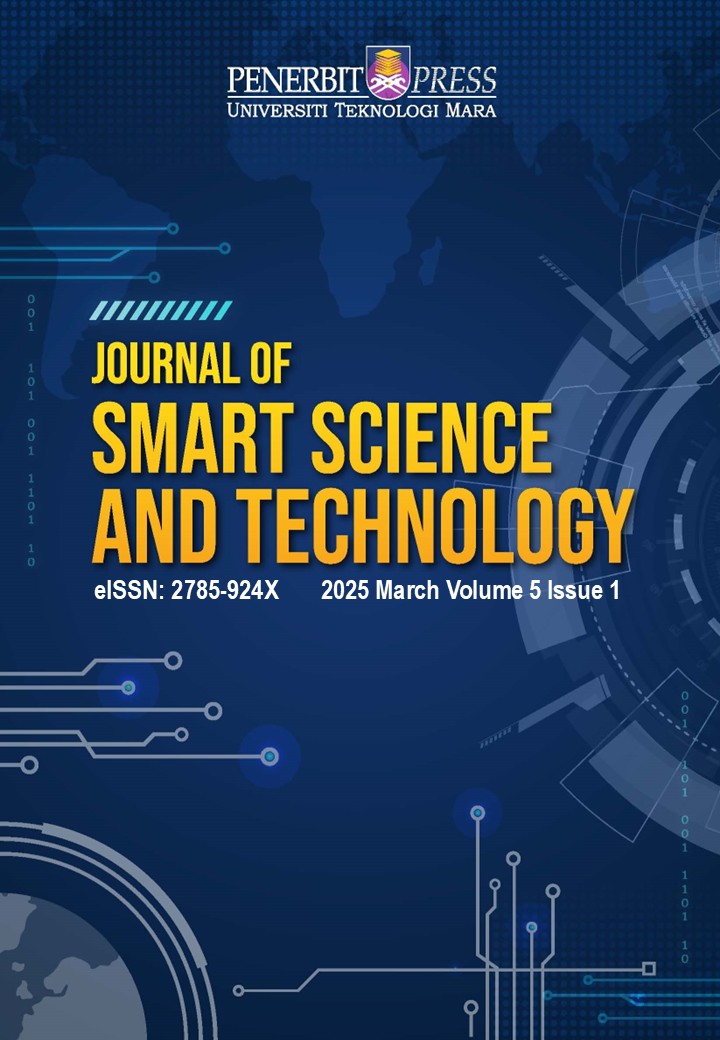The Feasibility of Producing and Utilising Green Hydrogen as a Feedstock in Trinidad and Tobago
DOI:
https://doi.org/10.24191/jsst.v5i1.94Keywords:
Green Hydrogen, Techno-Economic Analysis, Carbon Border Adjustment Mechanism, Petrochemical Sector, Hydrogen Demand-Supply, Greenhouse GasAbstract
This study addresses Trinidad and Tobago's (T&T) heavy reliance on Grey Hydrogen from Steam Methane Reforming (SMR), contributing significantly to CO2 emissions in the petrochemical sector. With rising hydrogen demand, especially for ammonia and methanol production, there is an imperative need to transition to green hydrogen. The study evaluates the economic feasibility of green hydrogen production in T&T, assesses the potential impact on CO2 emissions, and analyses external factors such as subsidies, market dynamics, and the Carbon Border Adjustment Mechanism (CBAM). Findings indicate economic viability for green hydrogen under specific market conditions, significant CO2 mitigation potential, and opportunities for T&T to establish a presence in the green hydrogen market. The impact of this transition could significantly reduce greenhouse gas (GHG) emissions, contributing to the nation's decarbonization targets under its Nationally Determined Contributions (NDCs) while enabling economic diversification.
Downloads
Published
Issue
Section
License
Copyright (c) 2025 Authors

This work is licensed under a Creative Commons Attribution 4.0 International License.

